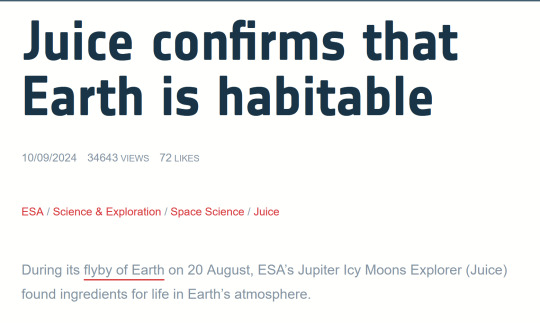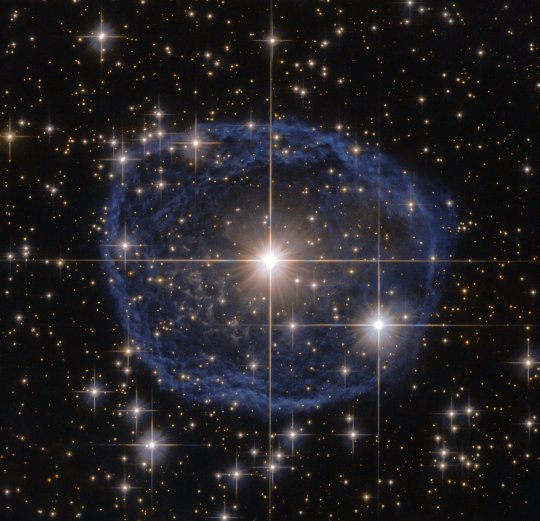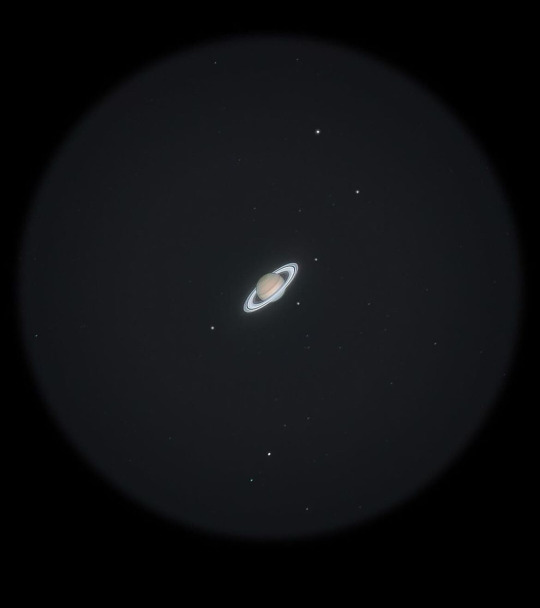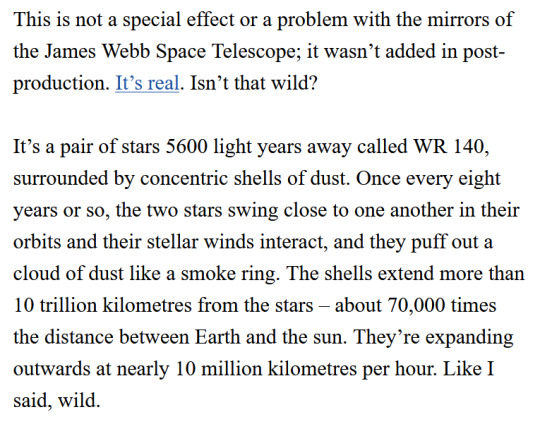Text
"Pluto isn't a planet" Fine.
"Dinosaurs had feathers" Fine!
"Neptune isn't a beautiful oceanic blue, it's actually the same washed-out disappointing color as Uranus" I will kill you with my bare hands

Look how they massacred my boy
54K notes
·
View notes
Text
Holy shit, they got Voyager 1 working again!
15 billion miles away and NASA was able to tweak code packages on one of the onboard computers and it worked and Voyager 1 is sending signals back to earth for the first time since November.
Incredible!
18K notes
·
View notes
Text
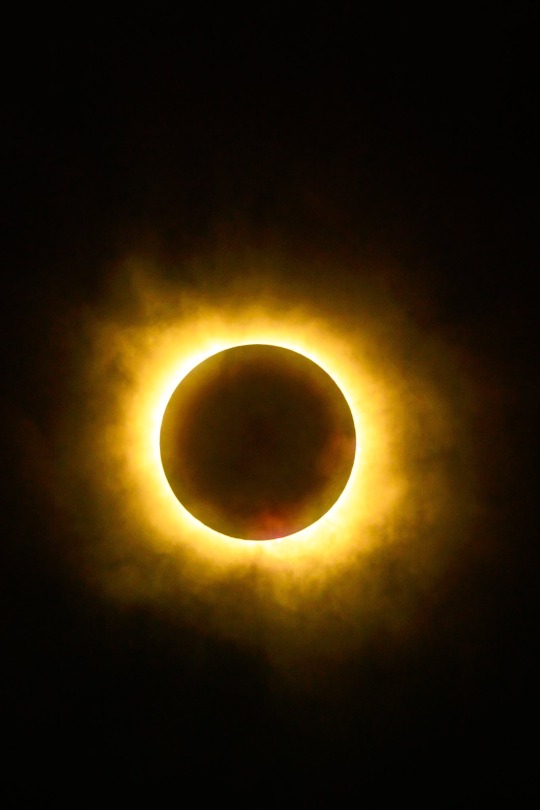
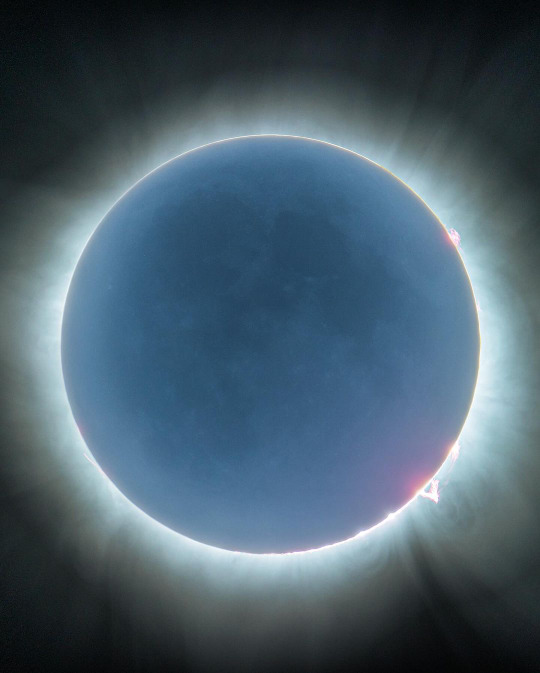
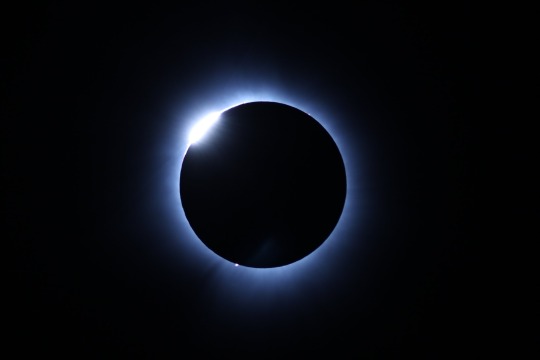
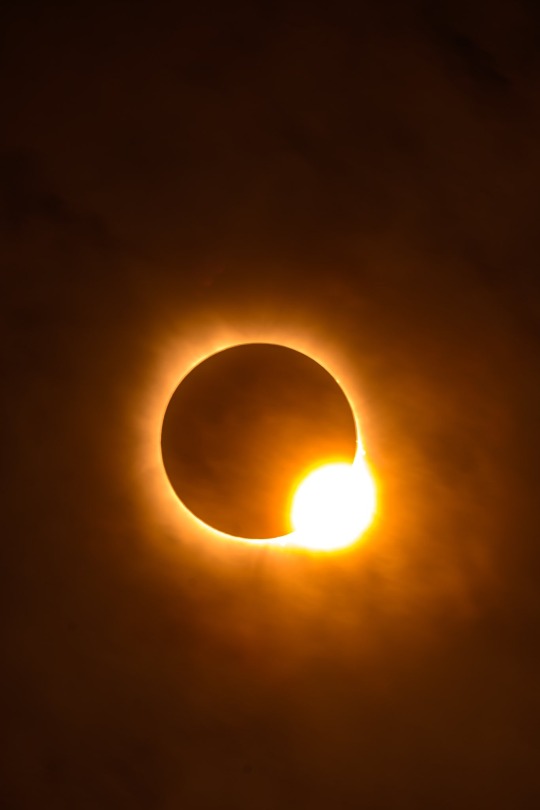
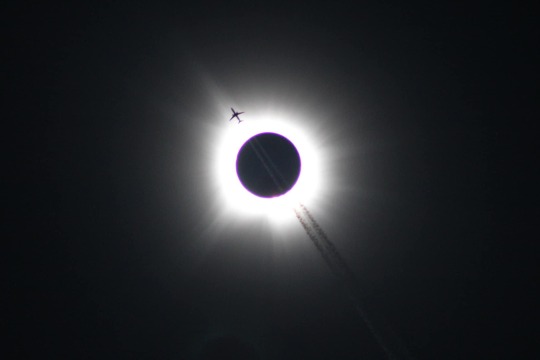
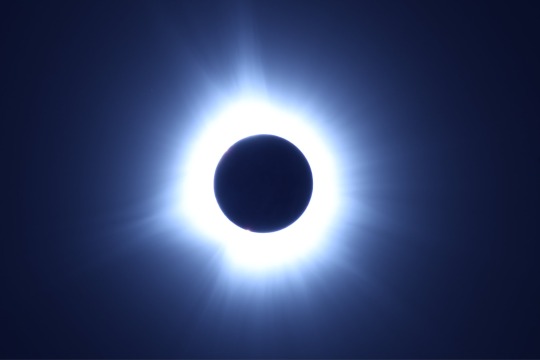
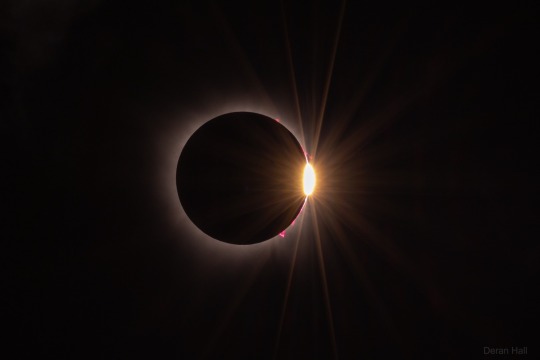
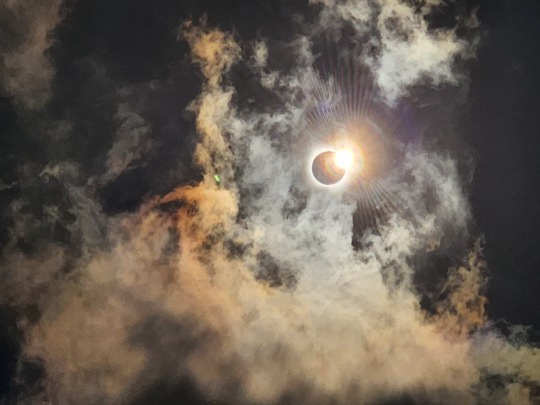
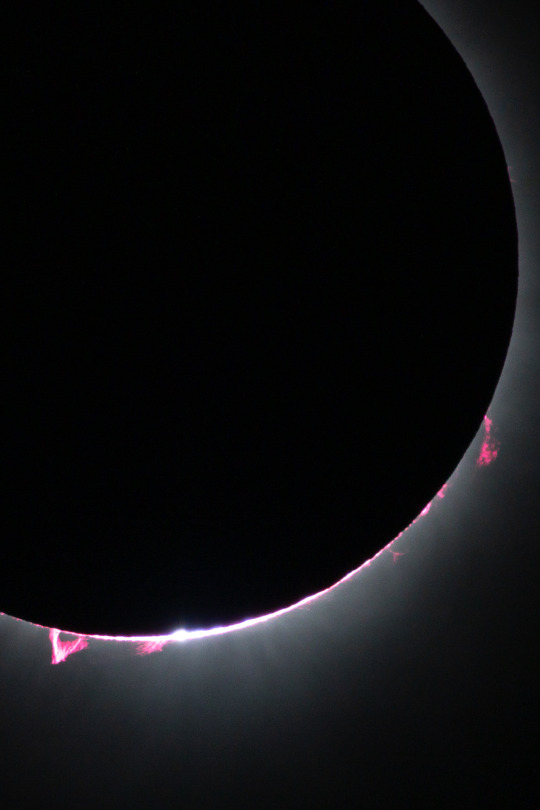
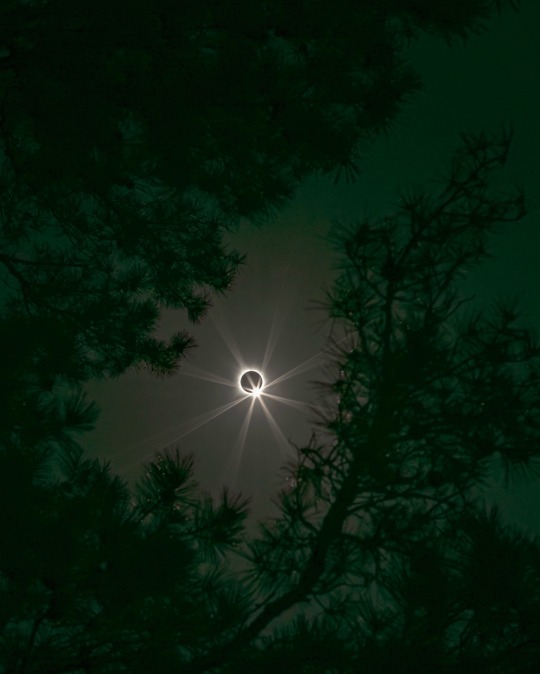


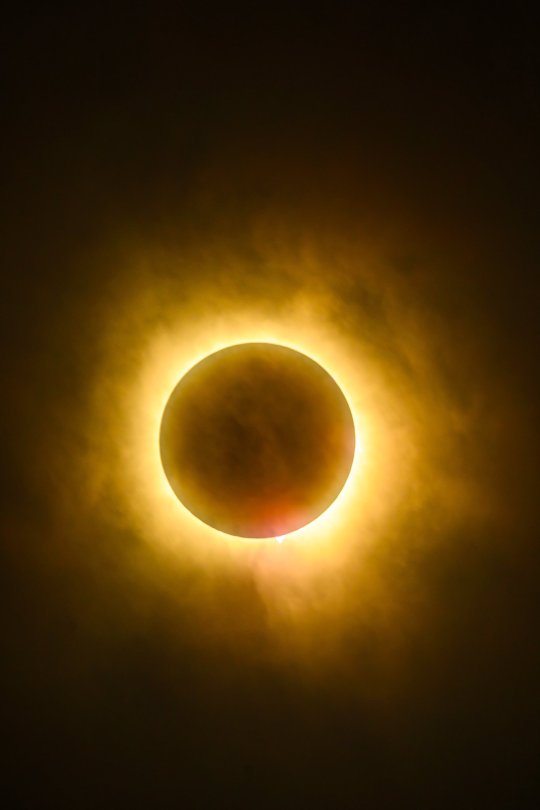
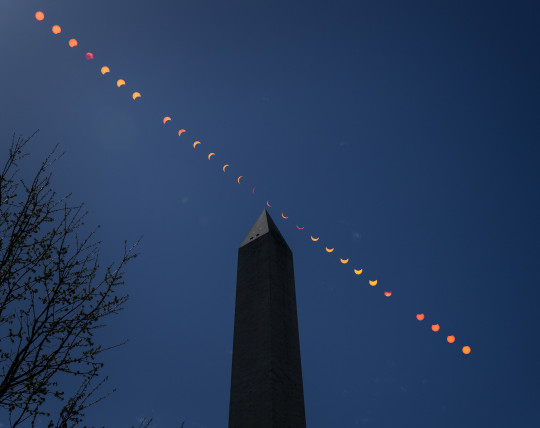
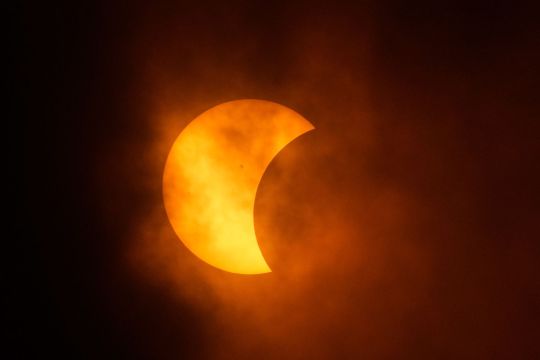
TOTAL SOLAR ECLIPSE l APRIL 2024
ALFREDO JUÁREZ | RAMI ASTRO | JOSHUA INTINI | KENDALL RUST | DERAN HALL | KUZCOKHANDA | TREVOR MAHLMANN | OTHINGSTODO | NASA | STEVEN RATNIK
26K notes
·
View notes
Text
nasa: we're going to shoot three rockets directly at the sun during the total eclipse. for study and research purposes.
me: oh cool
nasa: we have named the rockets apep. this stands for atmospheric perturbations [in the] eclipse path.
me: oh cool
nasa: apep is also the ancient egyptian deity of chaos and darkness, who ceaselessly seeks to extinguish the sun. we launch these rockets directly at the sun in the name of apep.
me: oh... cool?
103K notes
·
View notes
Text

LaRue Burbank, mathematician and computer, is just one of the many women who were instrumental to NASA missions.
4 Little Known Women Who Made Huge Contributions to NASA
Women have always played a significant role at NASA and its predecessor NACA, although for much of the agency’s history, they received neither the praise nor recognition that their contributions deserved. To celebrate Women’s History Month – and properly highlight some of the little-known women-led accomplishments of NASA’s early history – our archivists gathered the stories of four women whose work was critical to NASA’s success and paved the way for future generations.
LaRue Burbank: One of the Women Who Helped Land a Man on the Moon
LaRue Burbank was a trailblazing mathematician at NASA. Hired in 1954 at Langley Memorial Aeronautical Laboratory (now NASA’s Langley Research Center), she, like many other young women at NACA, the predecessor to NASA, had a bachelor's degree in mathematics. But unlike most, she also had a physics degree. For the next four years, she worked as a "human computer," conducting complex data analyses for engineers using calculators, slide rules, and other instruments. After NASA's founding, she continued this vital work for Project Mercury.
In 1962, she transferred to the newly established Manned Spacecraft Center (now NASA’s Johnson Space Center) in Houston, becoming one of the few female professionals and managers there. Her expertise in electronics engineering led her to develop critical display systems used by flight controllers in Mission Control to monitor spacecraft during missions. Her work on the Apollo missions was vital to achieving President Kennedy's goal of landing a man on the Moon.
Eilene Galloway: How NASA became… NASA
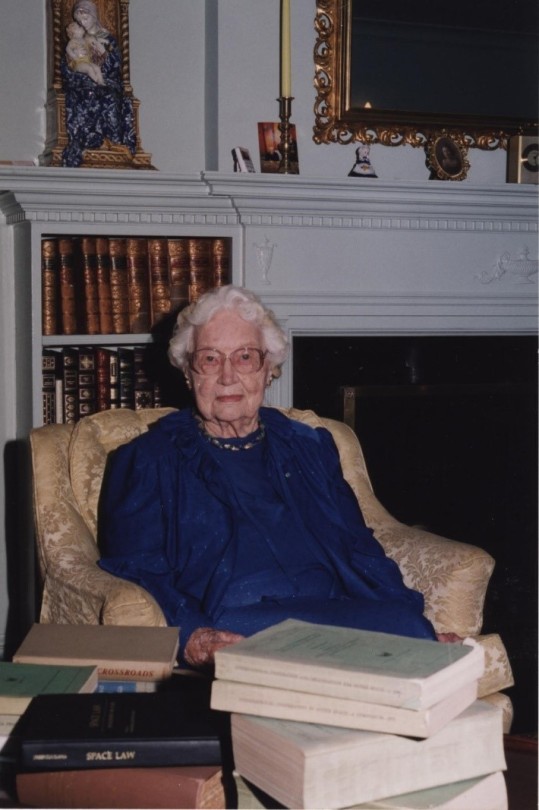
Eilene Galloway wasn't a NASA employee, but she played a huge role in its very creation. In 1957, after the Soviet Union launched Sputnik, Senator Richard Russell Jr. called on Galloway, an expert on the Atomic Energy Act, to write a report on the U.S. response to the space race. Initially, legislators aimed to essentially re-write the Atomic Energy Act to handle the U.S. space goals. However, Galloway argued that the existing military framework wouldn't suffice – a new agency was needed to oversee both military and civilian aspects of space exploration. This included not just defense, but also meteorology, communications, and international cooperation.
Her work on the National Aeronautics and Space Act ensured NASA had the power to accomplish all these goals, without limitations from the Department of Defense or restrictions on international agreements. Galloway is even to thank for the name "National Aeronautics and Space Administration", as initially NASA was to be called “National Aeronautics and Space Agency” which was deemed to not carry enough weight and status for the wide-ranging role that NASA was to fill.
Barbara Scott: The “Star Trek Nerd” Who Led Our Understanding of the Stars
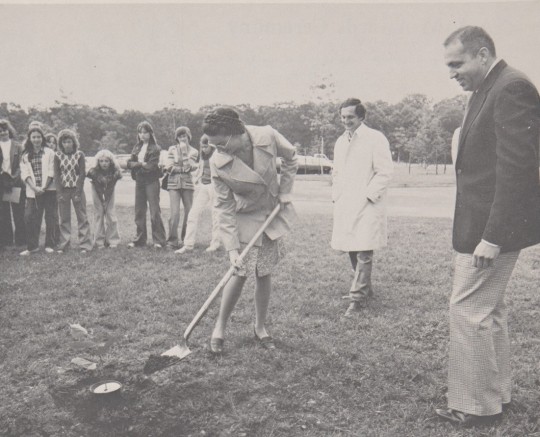
A self-described "Star Trek nerd," Barbara Scott's passion for space wasn't steered toward engineering by her guidance counselor. But that didn't stop her! Fueled by her love of math and computer science, she landed at Goddard Spaceflight Center in 1977. One of the first women working on flight software, Barbara's coding skills became instrumental on missions like the International Ultraviolet Explorer (IUE) and the Thermal Canister Experiment on the Space Shuttle's STS-3. For the final decade of her impressive career, Scott managed the flight software for the iconic Hubble Space Telescope, a testament to her dedication to space exploration.
Dr. Claire Parkinson: An Early Pioneer in Climate Science Whose Work is Still Saving Lives

Dr. Claire Parkinson's love of math blossomed into a passion for climate science. Inspired by the Moon landing, and the fight for civil rights, she pursued a graduate degree in climatology. In 1978, her talents landed her at Goddard, where she continued her research on sea ice modeling. But Parkinson's impact goes beyond theory. She began analyzing satellite data, leading to a groundbreaking discovery: a decline in Arctic sea ice coverage between 1973 and 1987. This critical finding caught the attention of Senator Al Gore, highlighting the urgency of climate change.
Parkinson's leadership extended beyond research. As Project Scientist for the Aqua satellite, she championed making its data freely available. This real-time information has benefitted countless projects, from wildfire management to weather forecasting, even aiding in monitoring the COVID-19 pandemic. Parkinson's dedication to understanding sea ice patterns and the impact of climate change continues to be a valuable resource for our planet.
Make sure to follow us on Tumblr for your regular dose of space!
2K notes
·
View notes
Text



Meet Pando, not a forest but a single tree. Every trunk of the Quaking Aspen is genetically identical & connected by a single 80,000 year old root system, making it one of the largest and oldest living entities on Earth!
71K notes
·
View notes
Text
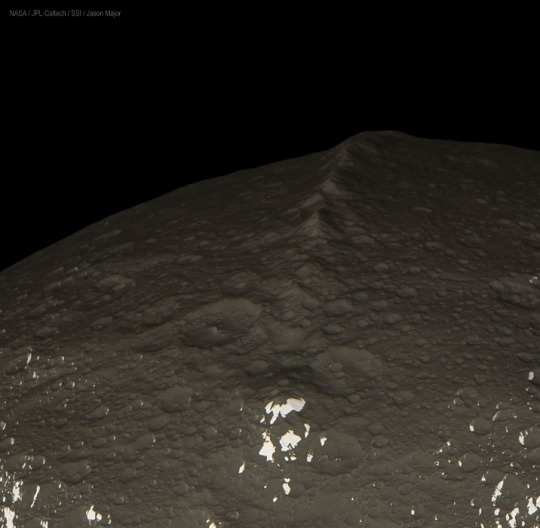
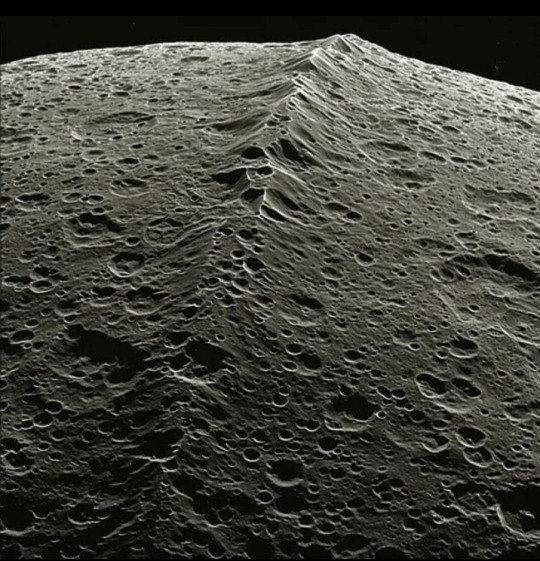
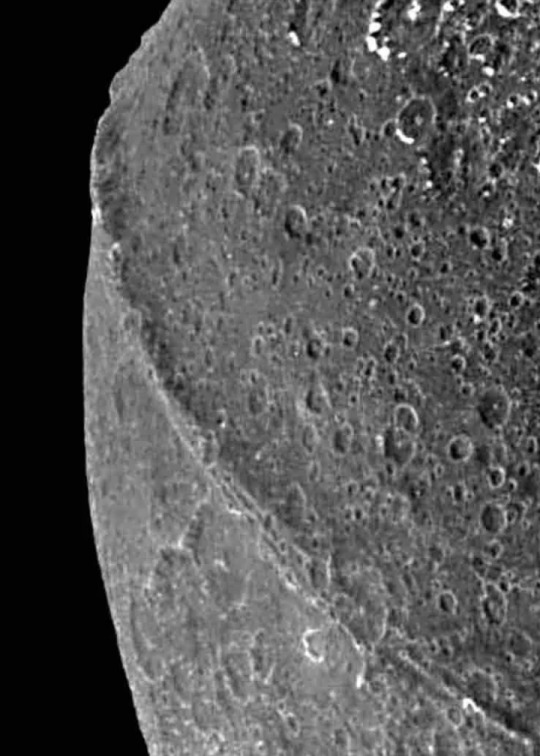

Clearest images ever taken of Equatorial Ridge on Saturn's moon Iapetus.
—
The equatorial ridge is the tallest mountain feature on Saturn's moon Iapetus.
It is 20 km (12 mi) high and is the third tallest mountain structure in the Solar System.
It runs along most of Iapetus' equator. It was discovered by the Cassini probe on 31 December 2004.
Cassini–Huygens, commonly called Cassini, was a space-research mission by NASA, the European Space Agency (ESA), and the Italian Space Agency (ASI) to send a space probe to study the planet Saturn and its system, including its rings and natural satellites.
102 notes
·
View notes
Text

Sad day for Martians,
Ingenuity, the ‘little helicopter that could’, the first ever helicopter to fly on another planet is down. It took its final flight on the 18th of January where one or more of its roter blades were damaged.
We weren’t even sure it was possible to fly a helicopter on Mars before Ingenuity, and yet this tiny little shoe box of a helicopter managed to fly in an atmosphere less than 1% as dense as Earth’s, flying a total of 72 times in the last 3 years, far exceeding the 5 planned flights.
Having arrived on Mars hitched to the Perseverance rover’s belly, this little guy has spent these 3 years scoutting ahead for Perseverance. But now Perseverance will have to continue its mission without Ingenuity. For the first time since its creation, Perseverance is on its own in that endless red desert.
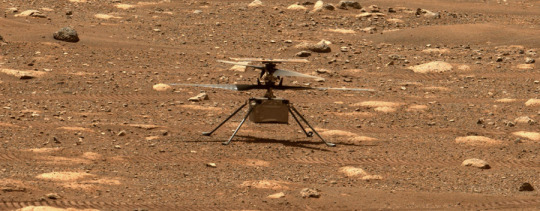
(images of Ingenuity were taken by NASA/JPL-Caltech/ASU)
5K notes
·
View notes
Photo






The mere fact that a lot of women found out for the first time that there was a woman in Mission Control was a very big deal. I thought it was important that people understand that women can do these jobs—going into science, going into technology.
Frances ‘Poppy’ Northcutt
Northcutt was the first woman engineer to work as a flight controller on the Apollo program. Her team designed the “return-to-Earth” trajectory of Apollo 8 and wrote the program used to compute the maneuvers to safely return Apollo 13. The sexism Northcutt faced as one of the few women engineers at NASA led her to become increasingly involved in the women’s liberation movement. As an activist and lawyer, she has advocated for women’s rights for fifty years.
Sources: Chasing the Moon (2019). Houston Oral History Project. Wikipedia.
2K notes
·
View notes



